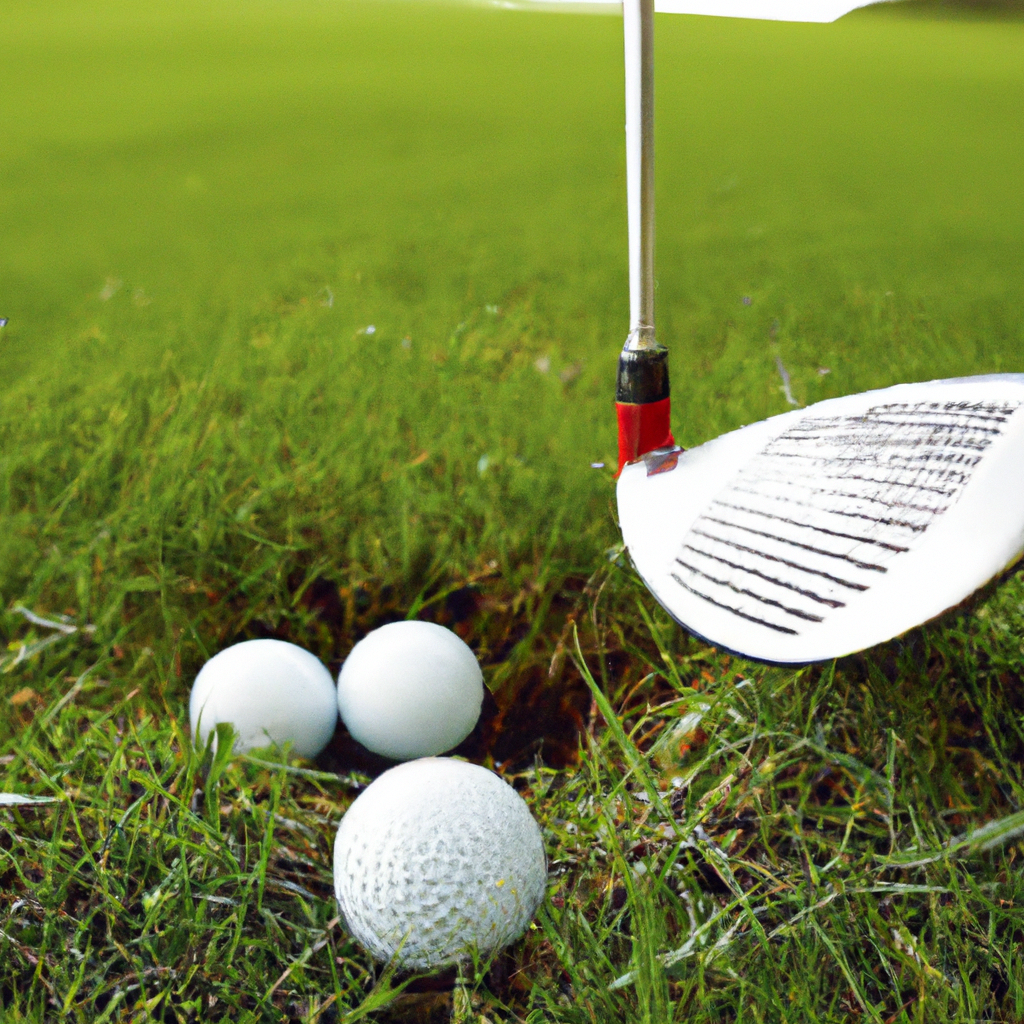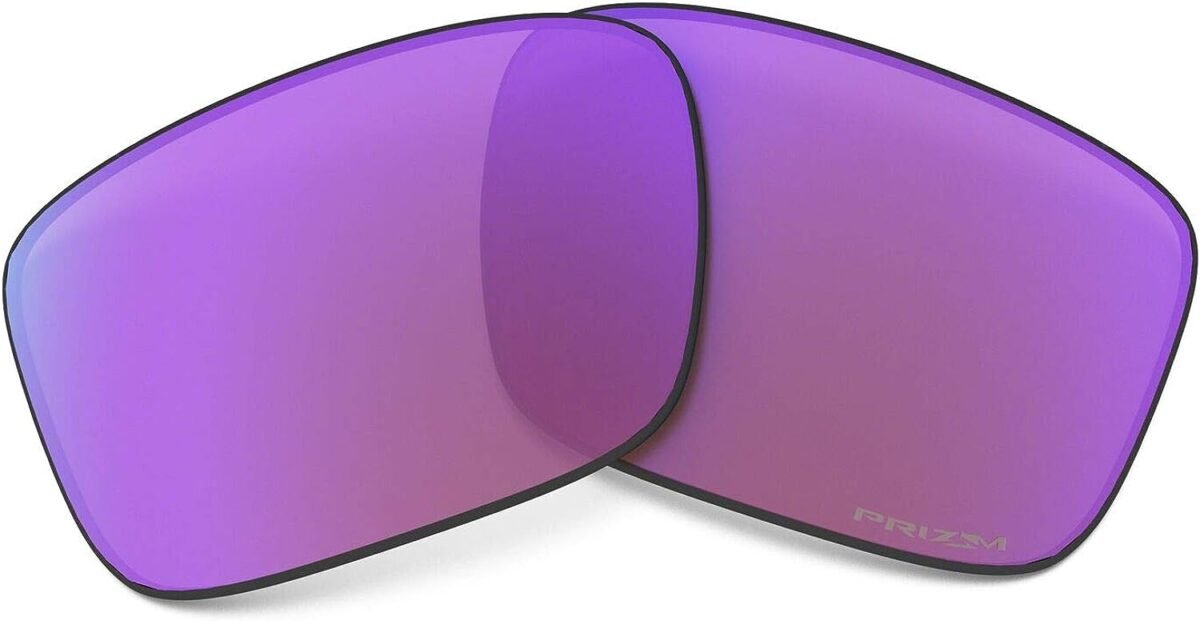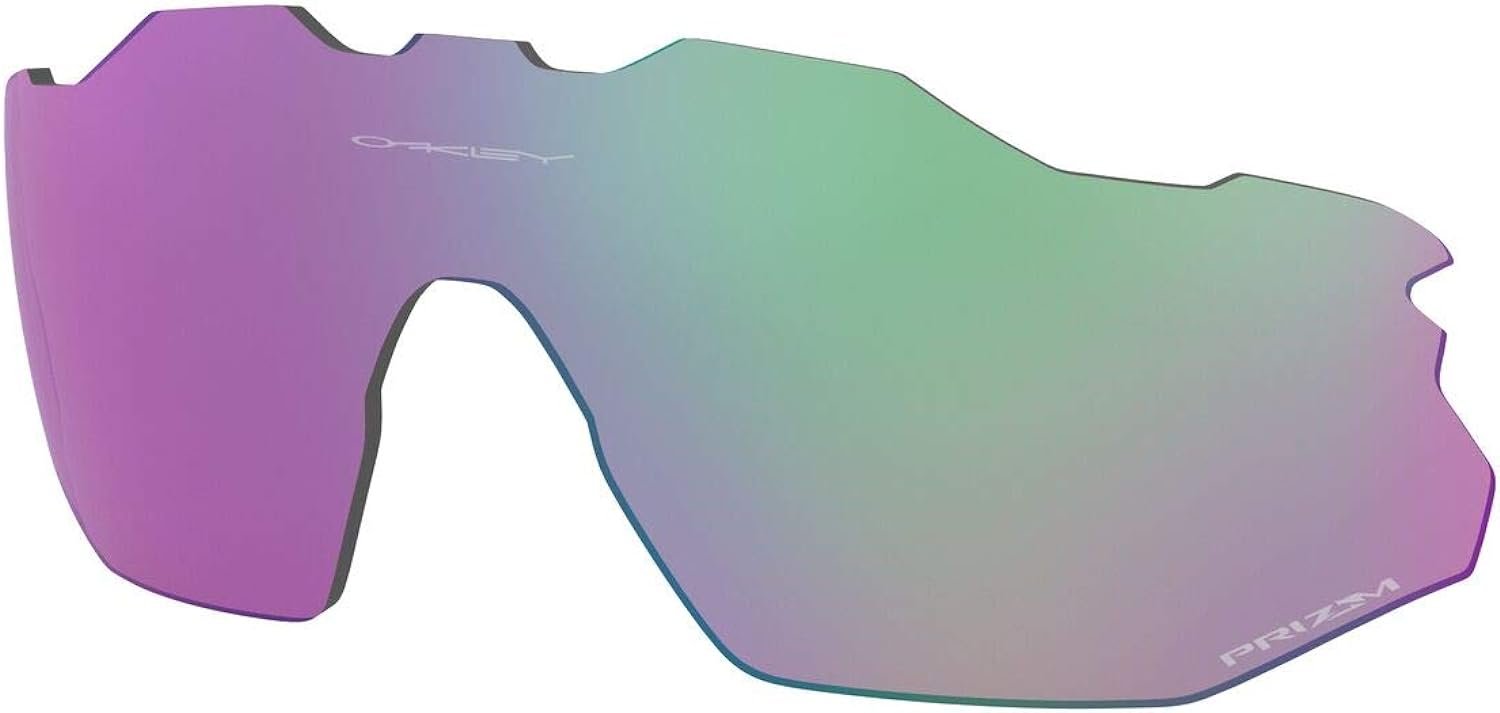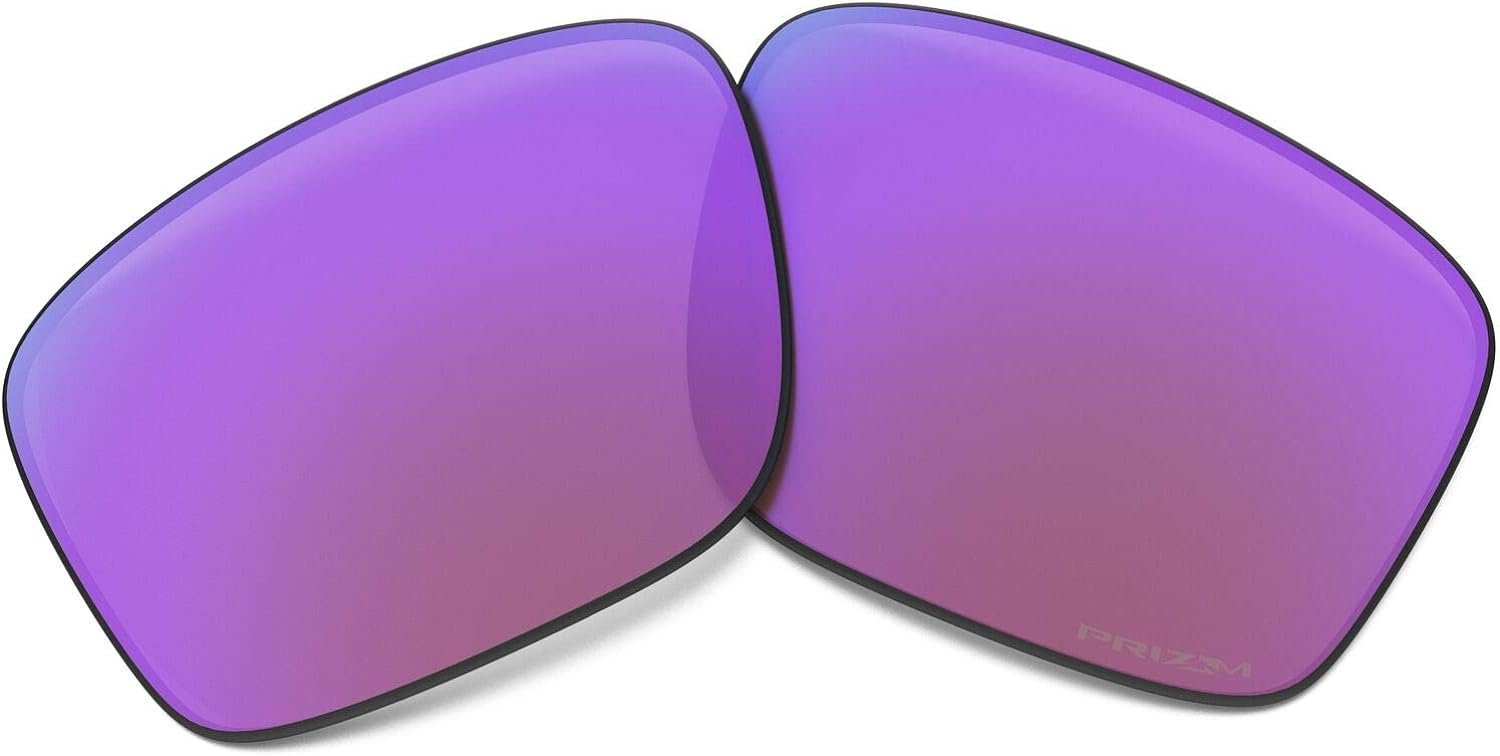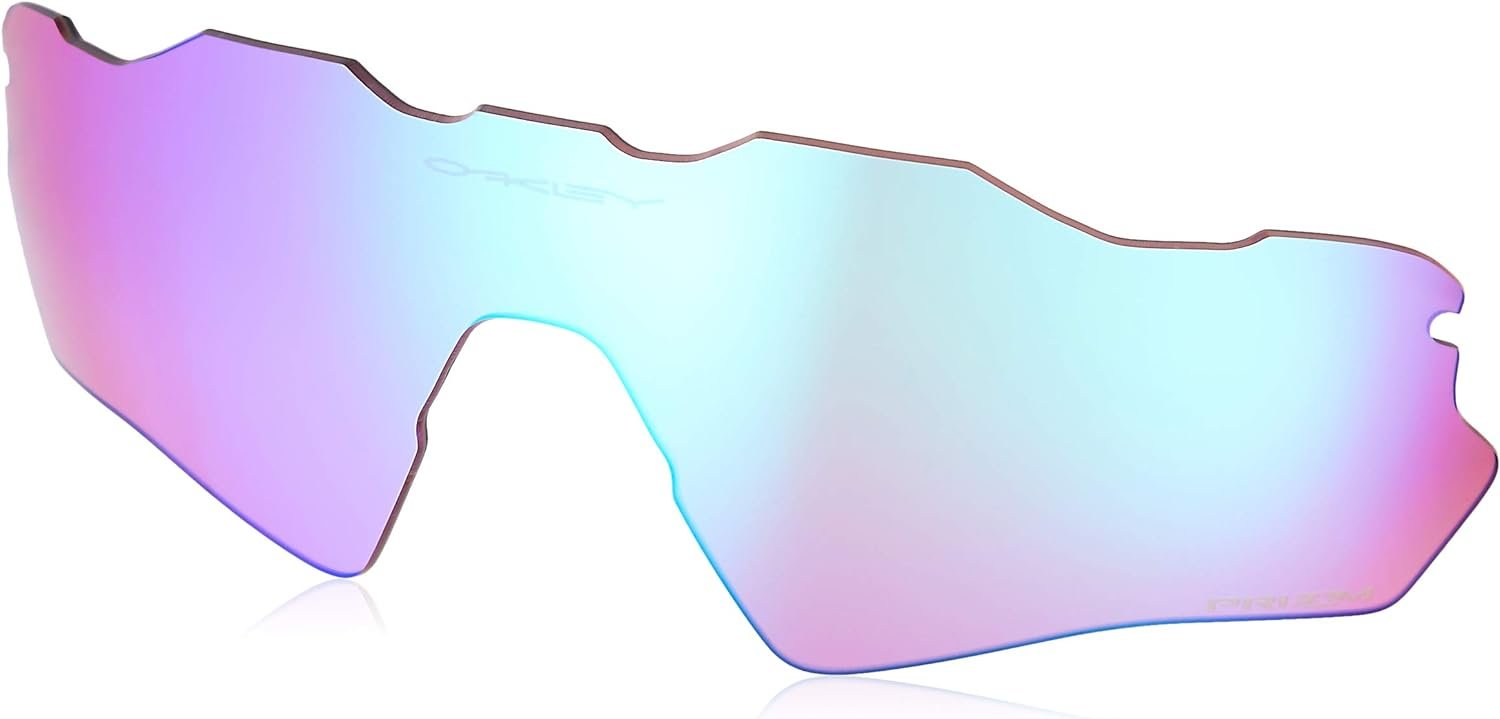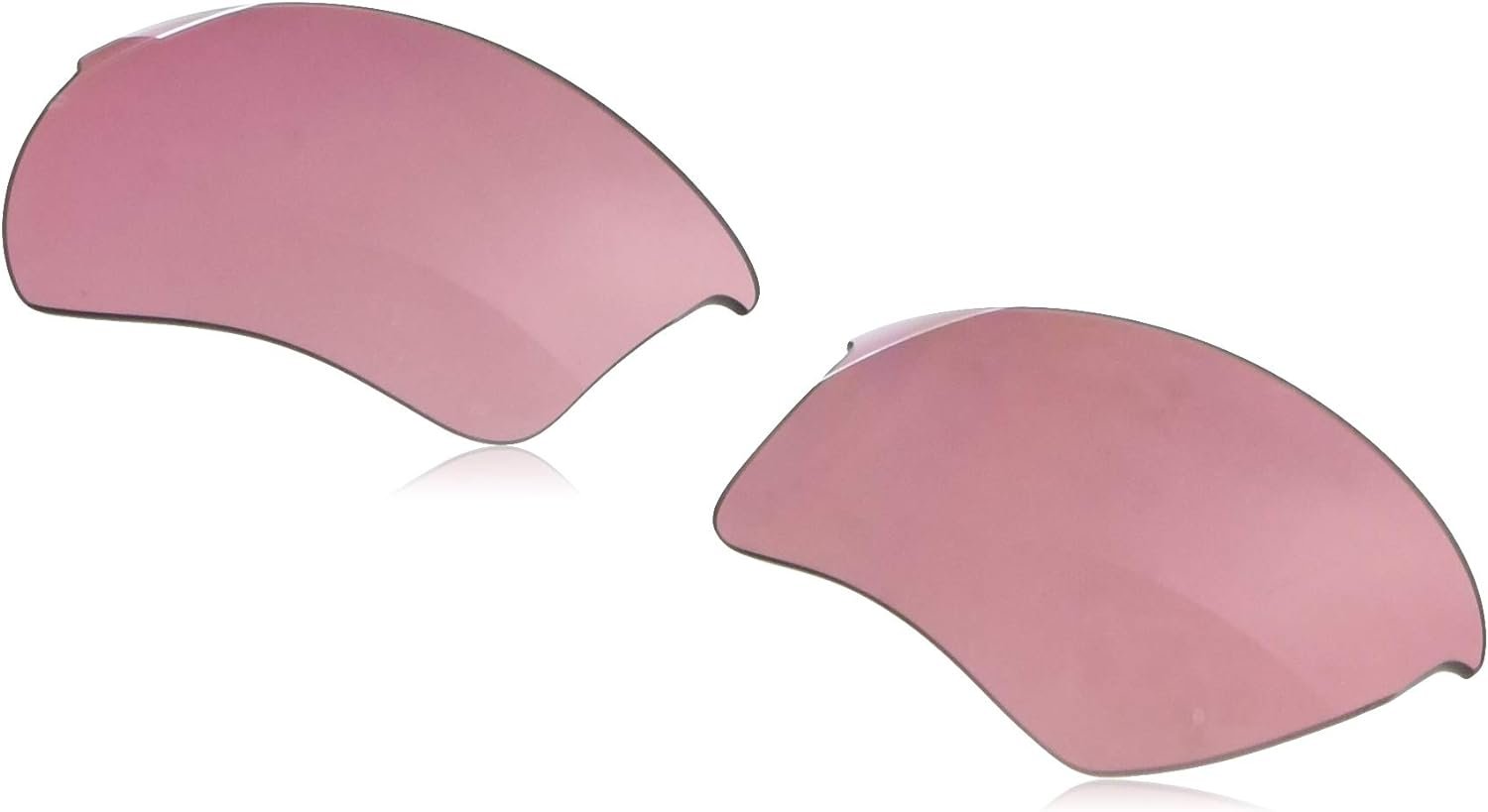Imagine teeing off on a sunny day, the gentle breeze caressing your face as you prepare to hit the ball with precision. With its serene atmosphere and leisurely pace, golf may not scream “athleticism” to everyone. Yet, the question stands: is golf considered a sport? While some argue that it lacks the physical rigor and competitive edge found in other sports, others defend golf as a skill-based activity requiring focus, strategy, and mental fortitude. In this article, we will explore the arguments on both sides and unravel the age-old mystery: can golf truly be classified as a sport?

Definition of Sport
Different interpretations of the term
The term “sport” can have different interpretations and meanings depending on individual perspectives and cultural contexts. While some define sport as activities that involve physical exertion and competition, others may include mental or strategic components in their definition. Additionally, the concept of sport is often associated with organized and structured activities that follow a set of rules or guidelines.
Criteria to determine if an activity is a sport
In order to determine whether an activity can be classified as a sport, certain criteria are often considered. These criteria typically include elements such as physical exertion, skill, competition, and a defined set of rules or guidelines. The level of physical demand and athleticism required in an activity is also a common factor to consider.
Opinions on whether golf meets the criteria
There is ongoing debate regarding whether golf meets the criteria to be classified as a sport. Some argue that the physical demands and competitiveness of golf justify its classification as a sport. Others, however, believe that the lack of direct physical confrontation and the perception of golf as a recreational activity rather than a sport make it ineligible for the sport designation. The varying opinions surrounding golf’s classification highlight the subjectivity involved in defining sports.
Golf as a Sport
Physical demands and athleticism in golf
Although golf may not require the same level of physical exertion as some other sports, it still demands a significant amount of athleticism. A golf swing requires rotational strength, flexibility, balance, and coordination. Players must walk or carry their equipment throughout the course, which can cover several miles. Additionally, the mental aspect of staying focused and making strategic decisions adds another layer of athleticism to the game.
Competition and tournaments in golf
Golf is highly competitive, with numerous tournaments held at various levels, ranging from local events to major international championships. These tournaments attract top professional golfers and showcase their skills and abilities. The intense competition and the drive to win are intrinsic components of golf, reinforcing its status as a sport.
Recognition of golf as a sport
Golf is officially recognized as a sport by major sporting organizations, such as the International Olympic Committee and the United States Golf Association. The inclusion of golf in major sporting events, including the Olympic Games, further confirms its recognition as a legitimate sport. The elite golfers competing at these events demonstrate the high level of skill and athleticism required to excel in the sport.
Arguments Against Golf as a Sport
Perception of golf as a recreational activity
One argument against golf being considered a sport is the perception of it being a recreational activity rather than a sport. Many people associate golf with leisure, relaxation, and socialization rather than intense physical exertion or competitiveness. The leisurely pace and luxurious amenities often associated with golf courses contribute to this perception.
Lack of direct physical confrontation
Another point raised against golf’s classification as a sport is the absence of direct physical confrontation. Unlike sports such as basketball or football, where opponents physically engage with one another, golf is primarily an individual and non-contact sport. Critics argue that this lack of physical confrontation diminishes the sport’s competitiveness and makes it more akin to a recreational pastime.
Criticism of golf as a sport
There are those who criticize golf as a sport due to its perceived lack of athleticism or the belief that it does not require as much skill as other sports. Some argue that golf’s slow pace and skill-dependent nature exclude it from being categorized as a traditional sport. However, these critiques often overlook the technical precision and mental fortitude required to consistently perform well in golf.

Golf as a Game
Historical origins of golf as a game
Golf dates back centuries and has its origins in Scotland during the 15th century. Originally played on natural landscapes without standardized rules, golf evolved into a popular game enjoyed by individuals of varying social classes. The historical development of golf as a game contributes to its unique position within the realm of sports.
Attributes of games
Golf shares many attributes with traditional games. It involves players engaging in structured activities, adhering to a set of rules, and striving to achieve a specific objective. The game-like aspects of golf, including scoring and competition, distinguish it from more physically demanding and contact-oriented sports.
Comparisons between golf and other sports
Comparisons between golf and other sports reveal both similarities and differences. While golf may not require as much physicality or direct confrontation as contact sports like football or basketball, it is comparable to other individual sports such as tennis or track and field in terms of its emphasis on skill, technique, and mental fortitude. Golf’s inclusion in the category of sports ultimately depends on individual interpretations and definitions of the term.
Golf as an Athletic Activity
The physical and mental aspects of golf
Golf is a unique athletic activity that combines physical and mental elements. While the physical demands of golf may not be as overt as in more physically intensive sports, such as football or basketball, it still requires a high level of coordination, strength, flexibility, and stamina. The mental aspect of golf is equally significant, as players must analyze the course, strategize shots, and maintain focus and composure throughout the game.
Training regimens for golfers
Professional golfers and serious amateurs often follow rigorous training regimens to improve their performance. Training routines may include strength and conditioning exercises, flexibility training, and practice sessions on the course to refine technique and precision. Mental training, such as visualization and mindfulness techniques, is also common to enhance focus and mental resilience during competitive play.
Golf as an Olympic sport
Golf was reintroduced to the Olympic Games in 2016 after a 112-year absence. Its inclusion as an Olympic sport signifies a recognition of golf’s athletic characteristics and its status as a competitive activity. The rigorous selection process and the presence of top golfers from around the world further validate golf’s classification as an athletic endeavor.
Golf as a Skill-based Activity
Importance of skills in golf
Skills play a significant role in golf, with different aspects of the game demanding specific abilities. These skills include driving distance, accuracy, putting proficiency, club selection, and course management. The mastery of these skills requires extensive practice, technique refinement, and an understanding of various playing conditions.
Technical aspects of the game
Golf is renowned for its technical intricacies. From the grip and stance to the swing mechanics and club selection, golfers must continually work on perfecting their technique to optimize their performance. The intricate technical aspects of the game contribute to golf’s classification as a skill-based activity.
Development of golf skills
Improving skills in golf is an ongoing process that requires dedication, practice, and coaching. Golfers refine their skills through repetition, analyzing their performance, and seeking guidance from experienced coaches. The development of skills in golf is comparable to other sports where technical proficiency and proficiency are crucial for success.
Golf’s Inclusion in Sporting Events
Golf in the Olympics and other major sporting events
Golf’s inclusion in the Olympic Games and other major sporting events underscores its acknowledgment as a legitimate sport. The fact that golf is featured alongside other well-established sports in these global competitions solidifies its place in the world of athletics. The presence of top-ranked professional golfers and the intensity of competition during these events further validate golf’s status as a premier sport.
Golf as a professional sport
Golf has a robust professional circuit, with numerous tournaments offering substantial prize money and attracting top players from around the world. The existence of a competitive professional tour, such as the PGA Tour, reinforces golf’s classification as a sport. The dedication, skill, and competitive nature of professional golfers mirror those of athletes in other professional sports.
Inclusion of golf in sporting associations
Golf is affiliated with various sporting associations, such as the International Golf Federation and national golf associations, which further lend credibility to its status as a sport. These associations oversee the governance, rules, and regulations of the game, ensuring its integrity and fair play. The recognition of golf by these sporting associations emphasizes its position as a legitimate sport.
Evolution of Golf’s Perception as a Sport
Changes in public opinion on golf as a sport
Public opinion on whether golf is a sport has evolved over time. While golf was once predominantly associated with a recreational pastime for the affluent, there has been a shift in perception, with more recognition of its athletic and competitive nature. The media, including televised golf tournaments and coverage of professional golfers, has played a significant role in shaping public opinion and increasing awareness of golf as a sport.
Influence of media and popular culture
The media, through extensive coverage of golf events and the promotion of professional golfers as athletes, has contributed to altering the public perception of golf. Increased media exposure has allowed viewers to witness the physical and mental demands of the sport, giving them a deeper understanding of its sporting qualities. Popular culture, including films and literature, has also played a role in portraying golfers as athletes rather than merely recreational players.
Golf’s image as an elitist sport
Critics of golf often cite its historical association with the elite and its reputation as an exclusive and expensive activity. This perception has led some to view golf as less accessible and less deserving of the sport classification. However, efforts to make golf more inclusive, such as the creation of community and youth programs, have aimed to dispel this elitist image and promote golf as a sport for all.
Conclusion
The debate on whether golf is considered a sport remains ongoing, reflecting the subjective nature of defining sports. While golf possesses qualities such as physical demands, competition, recognition by sporting associations, and inclusion in major sporting events, it also faces criticism due to the perception of it being a recreational activity, the lack of direct physical confrontation, and its historical association with elitism. However, golf’s unique combination of physical, mental, and skill-based elements, as well as its recognition as an Olympic sport, highlight its distinction as a challenging and legitimate activity deserving of acknowledgement as a sport. Whether one views golf as a sport or not ultimately relies on individual interpretations and perspectives.



